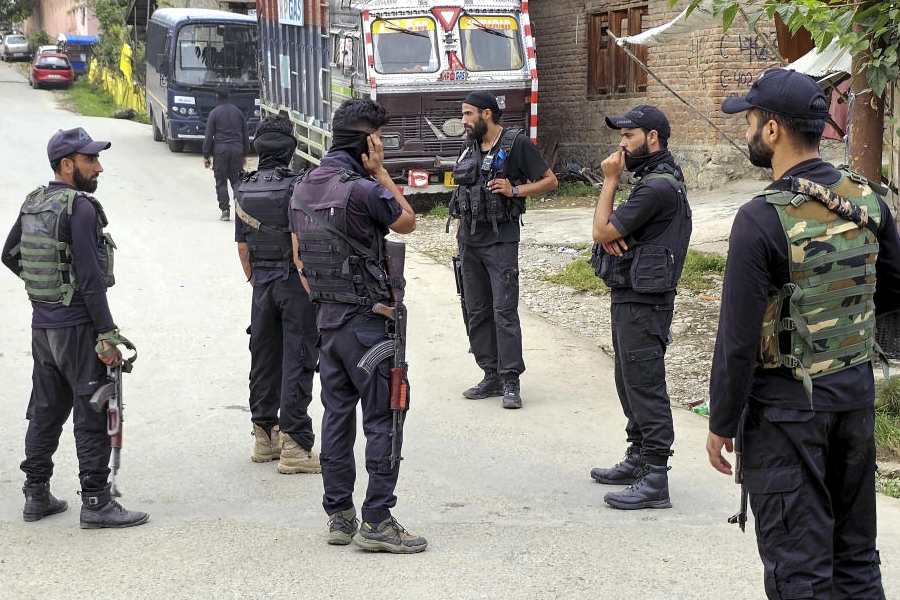 |
| A middle school in Ranchi |
Ranchi, April 14: Taking its first baby step on the long road to implementing the Right To Education Act, the Jharkhand government has decided to strengthen its database of schools spread across the state by using GIS, or geographical information system, in order to grasp the nature of the challenges ahead.
The project, to be handled by the Jharkhand Education Project Council (JEPC) and the Jharkhand Space Application Centre (JSAC), aims to map the 43,000 government schools and find out the exact condition of the infrastructure in each.
The project will look at various facilities that are available at each school. For instance, the number of toilets, access to drinking water, medical facilities, availability of ramps for the physically challenged, number of teachers and the condition of the school building.
According to the latest data compiled by the district information system for education (DISE), Jharkhand has over 43,000 schools. The data available with the JEPC would now be handed over JSAC which will conduct the mapping using GIS.
In simplest terms, GIS _ the merging of cartography and database technology _ is any system that captures, stores, analyses, manages, and presents data that are linked to location.
GIS systems are used in cartography, remote sensing, land surveying, urban planning, emergency management, navigation, and localised search engines.
“GIS is effective not only in finding schools but also locate and record related details,” explained JSAC director A.T. Jaishilan. A direct monitoring mechanism would ultimately be put in place at the state, district, block and cluster level which would help the state government keep tabs on schools during and after the implementation of the RTE Act.
HRD secretary Mridula Sinha told The Telegraph that the GIS system would help the department identify schools easily. “After successfully identifying schools in the first stage we are going to improve basic infrastructure in each, “ she said.
Sinha said her department was also planning to launch a week-long campaign to raise awareness about the Act using rallies, posters and banners at villages. “We will also undertake door-to-door campaigns for guardians to urge them to send their children to neighbourhood schools,” she added.










